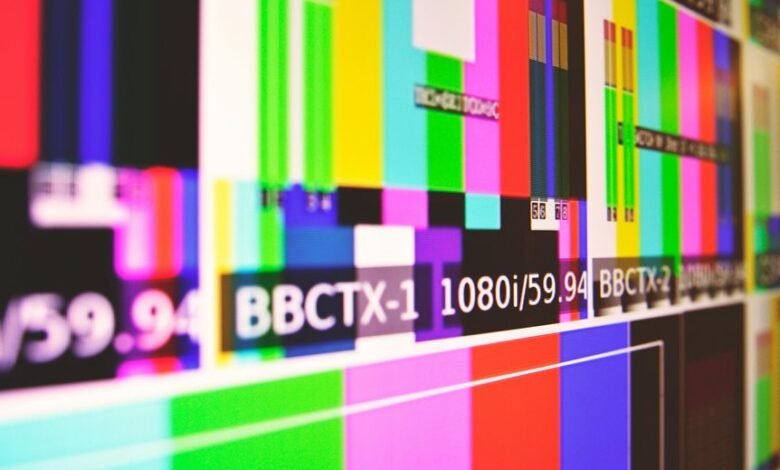Decoded Signal at 3055089854

The analysis of the decoded signal at 3055089854 reveals significant intricacies in signal generation and transmission. This case serves as a vital reference point for understanding encoding techniques and their implications for communication dynamics. Furthermore, it raises essential ethical questions regarding privacy and the responsible use of technology. The following sections will explore the origins of this specific signal and the broader implications for telecommunications. What does this mean for future practices in the field?
Understanding the Basics of Signal Decoding
Signal decoding is a fundamental process that transforms encoded information into a comprehensible format.
Various signal types, including analog and digital, necessitate distinct decoding techniques tailored to their unique characteristics.
The effectiveness of decoding relies on understanding these differences, allowing for efficient interpretation of data.
This knowledge empowers individuals to harness information freely, fostering a deeper appreciation for the nuances inherent in communication technologies.
The Origins of 3055089854: An Analysis
The numerical sequence 3055089854 serves as a case study in the analysis of signal origins and their implications.
It illustrates the complexities of signal generation and the encoding techniques employed to transmit data.
Implications of the Decoded Message
Decoding a message carries profound implications for understanding the dynamics of communication and information exchange.
It raises ethical considerations regarding privacy and consent, particularly in sensitive contexts.
Moreover, the practical applications of such decoded messages can enhance operational efficiency in various sectors, from security to marketing.
Ultimately, these implications emphasize the need for a balanced approach that respects individual freedoms while leveraging communication advancements.
Future of Signal Processing in Telecommunications
As telecommunications continue to evolve, advancements in signal processing are poised to revolutionize the industry.
The integration of artificial intelligence and quantum computing will enhance data transmission efficiency, particularly in 5G networks. These technologies promise significant noise reduction, improving overall signal clarity.
Consequently, the future of telecommunications will likely embrace unprecedented connectivity, empowering users with greater freedom and access to information.
Conclusion
In conclusion, the analysis of the decoded signal at 3055089854 reveals the intricate dance of encoding and decoding, illustrating the delicate balance between innovation and ethics. As technology advances, the importance of responsible communication practices becomes paramount, ensuring that privacy is upheld alongside progress. The insights gained from this case study not only enhance our understanding of signal transmission but also pave the way for future developments in telecommunications, where clarity and consent must coexist.




